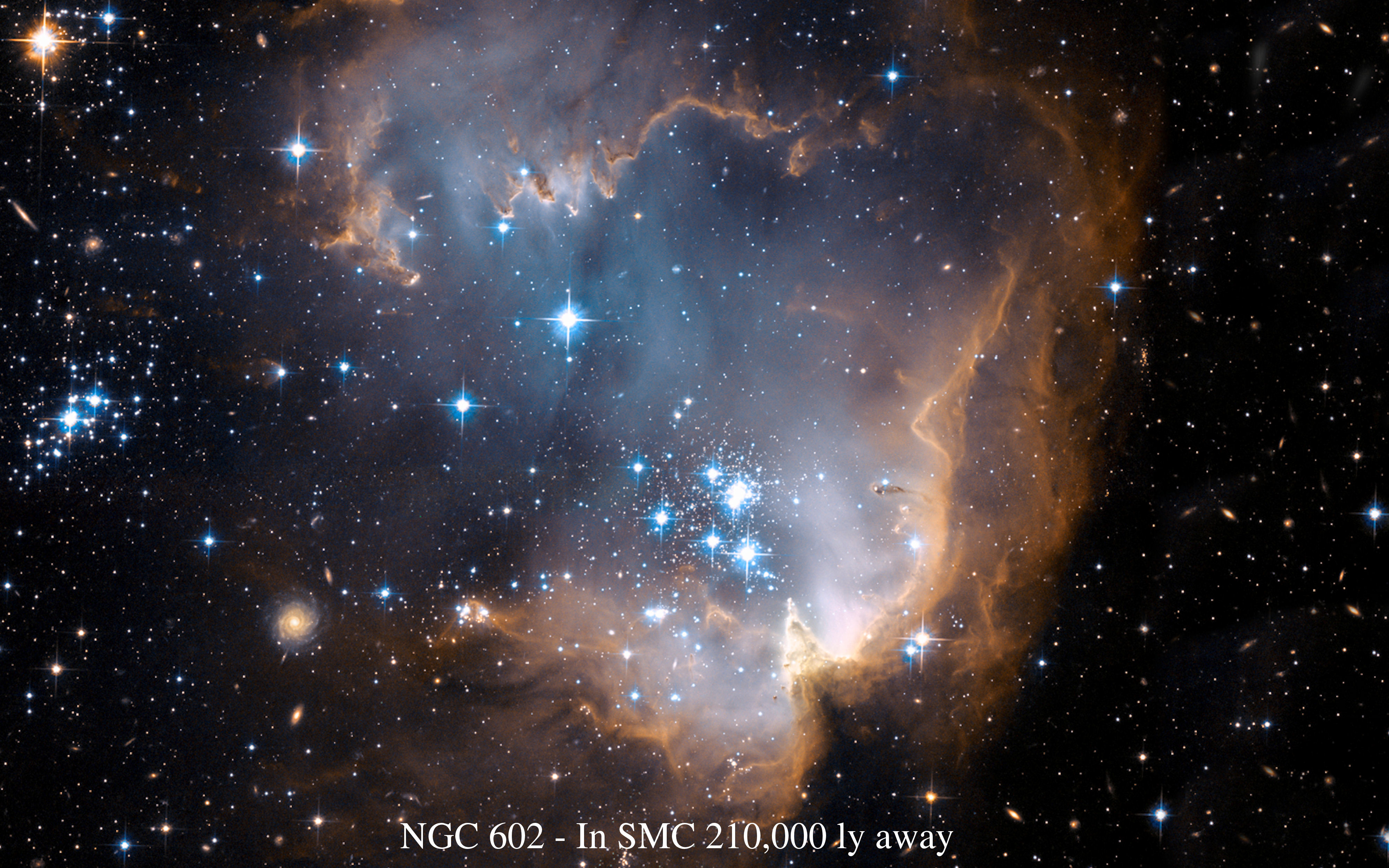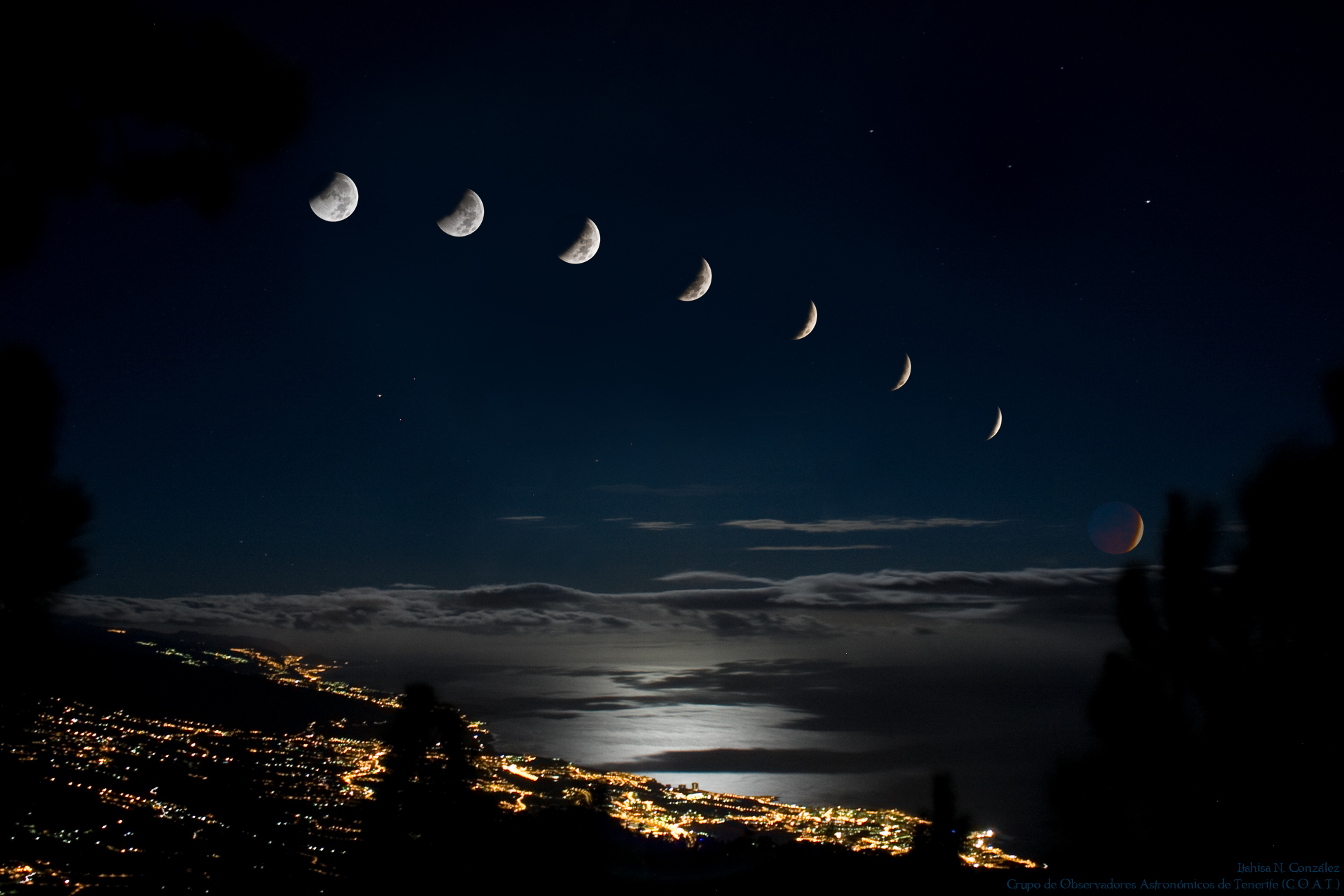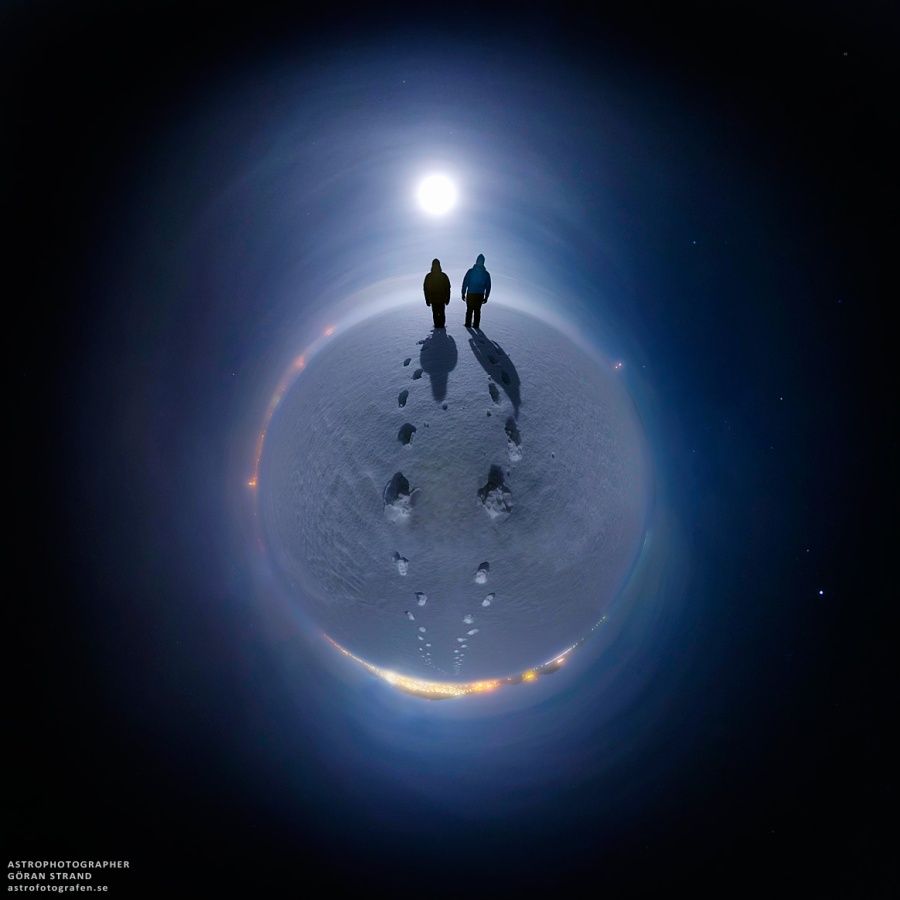
The photographer used a 70-millimeter Hasselblad camera with an 80-millimeter Zeiss lens. This storm had brought flooding and high winds to the Indian state of Tamil Nadu on December 5, two days before the photograph was taken. The 1972 Tamil Nadu cyclone can be seen in the bottom left of the image. Although in Eric Hartwell's analysis Earth's north is pointing up from the seat and perspective he has identified the image must have been taken from. The photograph is at times oriented with Earth's south pointing up, relative to the capsule. At that time Africa was in noon daylight and with the December solstice approaching, Antarctica was also illuminated.
SET DESKTOP BACKGROUND TO NASA PICTURE OF THE DAY SERIES
Alternatively Eric Hartwell has identified it having been taken a bit earlier at 5 hours 3 minutes, when one crew member states having changed the f-number, presumably between AS15, the first of the series of photo, and the following less exposed images like the Blue Marble. EST, 5 hours 6 minutes after launch of the Apollo 17 mission, and about 1 hour 54 minutes after the spacecraft left its parking orbit around Earth to begin its trajectory to the Moon.

Īccording to the photograph description by NASA it was taken at 05:39 a.m. The widely published versions are cropped and chromatically adjusted from the original photographs. It is the third of a series of shots which were taken just before and are nearly identical, NASA photograph AS15 and AS16, the second also having been used as a full-Earth image. The photograph's official NASA designation is AS17. Circumstances ĪS17, from which The Blue Marble was cropped. Today, as speculated by NASA archivist Mike Gentry, The Blue Marble is among the most widely distributed images in history. The Apollo 17 image, however, released during a surge in environmental activism during the 1970s, became a symbol of the environmental movement, as a depiction of Earth's frailty, vulnerability, and isolation amid the vast expanse of space. Several of the pins made their way to NASA employees. He sold and distributed buttons for 25 cents each that asked: "Why haven't we seen a photograph of the whole Earth yet?" During this campaign, Brand met Richard Buckminster Fuller, who offered to help Brand with his project. He got inspired during an LSD trip, seeing a "psychedelic illusion" of the Earth's curvature, convincing him that a picture of the entire planet would change how humans related to it. īefore the Blue Marble a picture of the fully illuminated Earth by the ATS-3 satellite was used in 1968 by Stewart Brand for his Whole Earth Catalog, after campaigning since 1966 to have NASA release a then-rumored satellite image of the entire Earth as seen from space. The Blue Marble was not the first clear color image taken of an illuminated face of Earth, since such images by satellites had already been made and released as early as 1967, although it still is the first time when such a photo was taken by a person. To the astronauts, the slightly gibbous Earth had the appearance and size of a glass marble, hence the name. The astronauts had the Sun above them when they took the image.

The photograph, taken on December 7, 1972, is one of the most widely distributed photographic images in existence. These were created by looking through satellite pictures taken over time in order to find as many cloudless photographs as possible to use in the final images. NASA has also applied the name to a 2012 series of images which cover the entire globe at relatively high resolution. The South Asian mainland is on the eastern limb. In addition to the Arabian Peninsula and Madagascar, almost the entire coastline of Africa and most of the Indian Ocean are clearly visible.

This was the first time the Apollo trajectory made it possible to photograph the south polar ice cap, despite the Southern Hemisphere being heavily covered in clouds. It mainly shows Earth from the Mediterranean Sea to Antarctica. Taken by the crew of the Apollo 17 spacecraft on its way to the Moon, it is one of the most reproduced images in history. The Blue Marble is an image of Earth taken on December 7, 1972, from a distance of about 29,000 kilometers (18,000 miles) from the planet's surface. The Blue Marble, taken by the Apollo 17 crew in 1972


 0 kommentar(er)
0 kommentar(er)
